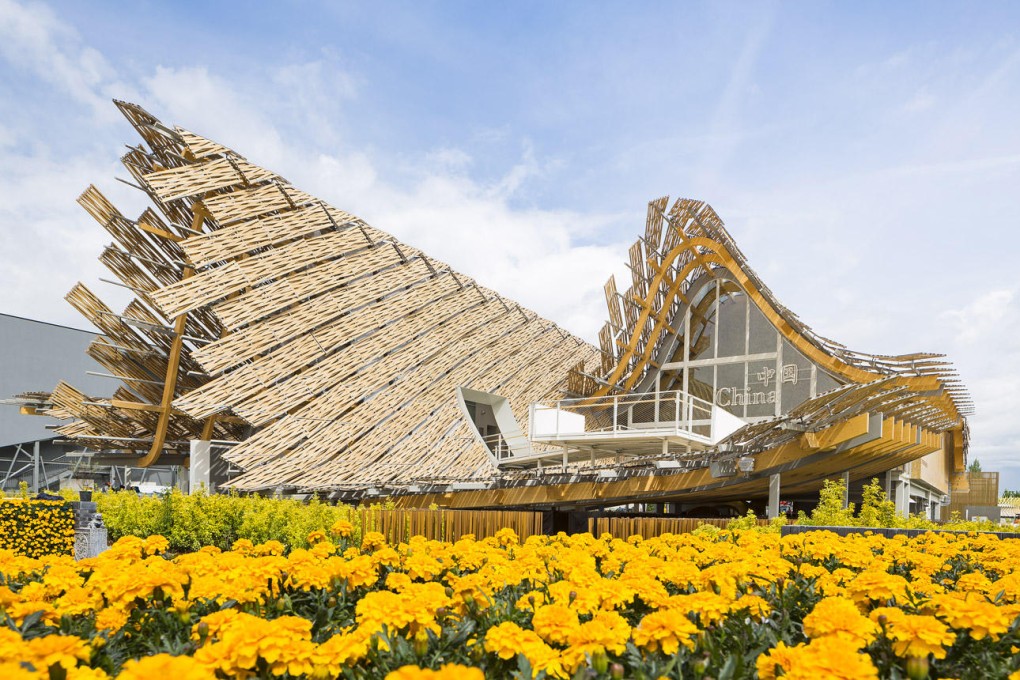New | China pavilions shine at Milan World expo
First national pavilion built overseas features humble, open and uplifting architecture while Vanke's dramatic structure leaves a lasting impression

On May 1, the gargantuan travelling exhibition that is the World Expo landed in Milan, Italy, attracting the first of what organisers hope will be 20 million visitors in the next six months.
Despite widely reported delays and controversies that had resulted in some of the pavilions not being ready by the event's opening, the 1.1 million square metre site northwest of the city has become a "temporary town", with a panoply of national and themed pavilions all clamouring for attention.
The designs run the gamut from the playful (Brazil's hilly landscape of walkable netting provided gently hair-raising fun for adults and children alike) to the refined (Bahrain's poetic series of sinuous pathways, terraces and fruit gardens were a restorative oasis in the hubbub), and from the opulent and garish (Qatar's and Turkmenistan's quasi-palaces) to the posturing (Russia's aggressively long upturned mirrored cantilever).
Some pavilions were just plain inexplicable. Why did Malaysia's offering - supposed to represent four seeds - look like oversized eggs that had toppled on their sides? And did Belarus really think a giant wheel-cum-digital-billboard cutting through a grassy hill was the best way to showcase the importance of conservation?
Adherence to the expo's stated theme - sustainable agriculture or "Feeding the Planet" - was often shaky and many of the structures appeared so permanent - and huge - it was difficult to imagine how they could possibly be re-used or dismantled at the end of the expo with any meaningful degree of environmental consciousness.
The British pavilion was a notable exception and shone for its use of modular staging and an entirely reusable bolted-steel framework. Representing a bee's journey through a meadow via an orchard on its way to a beehive, it was manufactured by Stage One, a fabrication and engineering company based in Britain that specialises in producing short-term but memorable installations and events, such as the Olympics. The intricate 14-metre-high latticed sculpture at this pavilion's heart used sound and light to simulate the activity of a beehive and is set to find a new home in Britain as an artwork when the fair is over.
"The expo is very much a political and commercial event," says Yichen Lu, who designed the China pavilion in collaboration with Tsinghua University in Beijing, in answer to concerns about national idiosyncrasy and ego being favoured by countries in their pavilion designs. "You cannot expect too much."